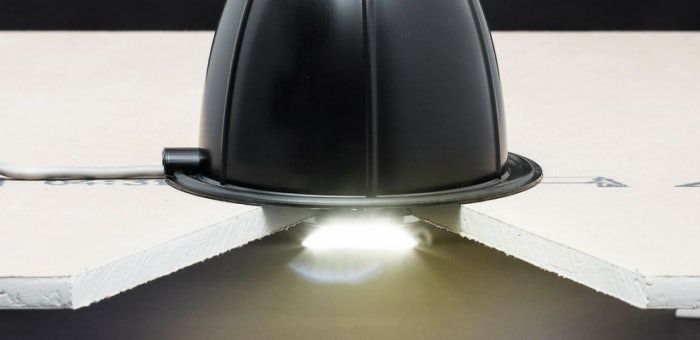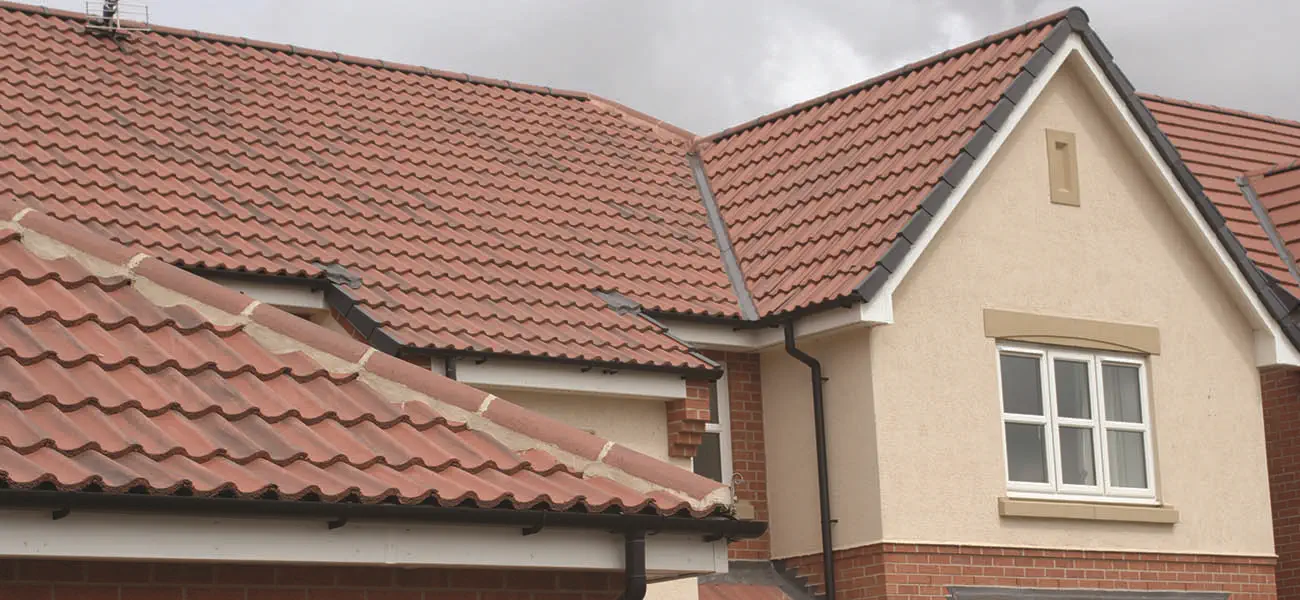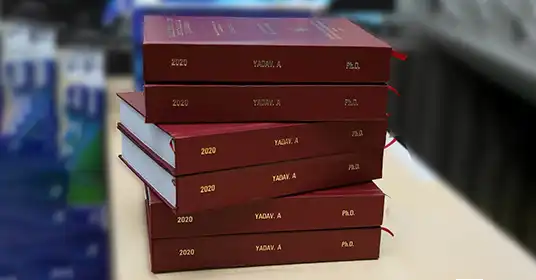
Downlight covers are one of the most effective yet underrated ways to enhance the performance, safety, and efficiency of your home’s lighting system. Designed to fit over recessed light fittings, these covers create an airtight, heat-resistant barrier that prevents warm air from escaping into loft spaces. By sealing these gaps, you keep your rooms warmer for longer, helping to lower heating bills and improve energy efficiency.
In addition to thermal benefits, downlight covers play a vital role in meeting fire safety requirements. They provide a protective shield between the heat of the light fitting and surrounding insulation or building materials. Whether you have a recessed downlight, LED downlight, or surface mounted downlight, a high-quality cover can ensure both comfort and compliance without compromising your lighting’s performance or appearance.
Understanding Downlights and Their Varieties
A downlight is a light fixture that directs light downward, typically mounted flush within the ceiling for a clean, minimal look. The recessed downlight is the most common style, popular in kitchens, bathrooms, and living areas for its unobtrusive design and even light distribution. When paired with downlight covers, these fixtures not only look sleek but also function more efficiently and safely.
LED downlights have overtaken halogen options in popularity due to their energy efficiency, longevity, and reduced heat output. From GU10 downlight fittings and integral LED downlight units to emergency downlight solutions for commercial use, there is a vast range available. Other specialised types include PIR downlight models for motion detection, 12V downlight options for low-voltage systems, and brand-specific designs like JCC V50 downlight, Aurora R6 downlight, Robus downlight, Ansell downlight, and Enlite downlight. All of these can benefit from the right downlight covers to maximise performance.
Why Downlight Covers Are Essential
One of the most important reasons to install downlight covers is to prevent heat loss. Without them, warm air can escape through ceiling cut-outs into the loft, forcing your heating system to work harder. This not only increases energy bills but also makes it more difficult to maintain a consistent indoor temperature. By fitting covers, you restore the integrity of your insulation barrier, keeping your home warmer and more efficient.
Fire safety is equally crucial. Some downlights, particularly older or non-fire-rated models, can pose a risk if insulation is placed directly over them. Downlight covers create a safe space around the fitting, reducing the risk of overheating and slowing the spread of fire in an emergency. Many covers are designed to meet Part B and Part L of the UK Building Regulations, ensuring you remain compliant while protecting your property and its occupants.
Choosing the Right Downlight Covers

When selecting downlight covers, start by checking compatibility with your lighting type. Whether you have a surface mounted downlight, recessed downlight, or LED downlight, the cover must fit securely without restricting ventilation. It’s important to choose products made from heat-resistant, durable materials that maintain their shape over time and under high temperatures.
Trusted UK brands like Thermahood, Loft Lid, SpotClip, and Tenmat produce covers tested to meet stringent safety and performance standards. Fire-rated covers are especially important for multi-storey homes or where building regulations specify enhanced protection. Consider whether you need airtight models for maximum insulation benefits, and ensure the size matches your specific fitting to avoid gaps or instability.
How to Install Downlight Covers
Installing downlight covers can be a straightforward DIY task, provided you follow safety guidelines. First, switch off the power at the mains to avoid electrical hazards. Remove any insulation from around the downlight, then position the cover so it sits evenly over the fitting without pinching or pressing on electrical cables. This ensures safe heat dissipation and maintains the cover’s protective qualities.
Once the cover is in place, insulation can be laid directly over it, restoring the loft’s thermal envelope. Whether you’re working with a PIR downlight, an emergency downlight, or a standard LED downlight, it’s vital to follow the manufacturer’s instructions for correct installation. Poorly fitted covers can reduce performance, allow heat loss, or compromise fire safety.
Maintenance and Replacement
Like all building components, downlight covers require periodic inspection. Look for signs of damage such as cracks, warping, or discolouration, as these can affect both thermal and safety performance. If you need to replace an LED downlight bulb—whether it’s a GU10 downlight, a 12V downlight, or another model—ensure the cover is not disturbed or damaged during the process.
Upgrading to new light fittings is a good opportunity to review your downlight covers. Switching from halogen to LED downlight units, for example, can reduce heat output and improve energy efficiency, but you’ll still benefit from the airtightness and fire protection a cover provides. A downlight spacing calculator can also help you design optimal lighting layouts while maintaining safety and insulation performance.
Design and Aesthetic Considerations
While downlight covers are hidden above the ceiling, the visible components such as the downlight bezel can influence the look of your space. Bezels come in a variety of finishes including white, brushed steel, and chrome, allowing you to match or contrast with your décor. Choosing the right bezel can enhance the aesthetic appeal of your lighting design.
Even with an emphasis on style, safety and efficiency should remain priorities. Quality downlight covers allow you to maintain a seamless ceiling design while ensuring heat loss is minimised and fire risks are reduced. The best solutions combine functionality with the flexibility to support creative lighting choices in both domestic and commercial environments.
Conclusion
Downlight covers are a small but powerful upgrade for any lighting installation. They help reduce heat loss, improve insulation performance, and provide critical fire protection—ensuring your home is both comfortable and compliant with UK building regulations. Whether you’re fitting a recessed downlight, an LED downlight, or an emergency downlight, the right cover will enhance efficiency and safety for years to come.
FAQs About Downlight Covers
What is a downlight cover and why is it important?
It is a protective enclosure that fits over a downlight to prevent heat loss, improve insulation, and enhance fire safety.
Can downlight covers be used with all LED downlights?
Yes, most quality covers are compatible with modern LED fittings.
Do downlight covers affect light output?
No, they are designed to protect without reducing brightness.
Can insulation be laid directly over downlight covers?
Yes, if the cover is rated for this purpose.
Are downlight covers required by UK building regulations?
They are strongly recommended and may be required for certain installations to meet fire and energy efficiency standards.
You may also read: HellermannTyton Cable Management Solutions | UK Official Site







